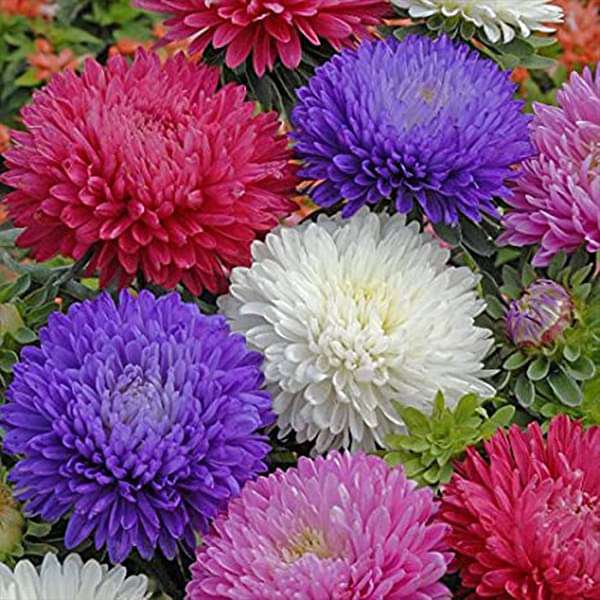
Aster Formula Mixed Colors - Flower Seeds
(MRP Inclusive of all taxes)
- Shipping ₹79 for entire order
- Dispatch in 7 days
- Country of origin: India

(MRP Inclusive of all taxes)
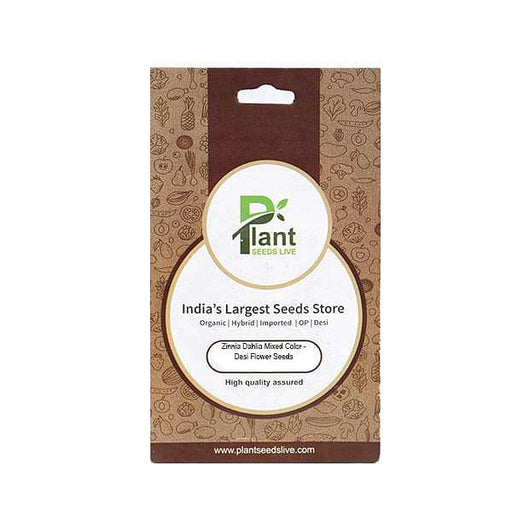
 Sold out
Sold out
Zinnia Dahlia Mixed Color - Desi Flower Seeds Transform your garden into a vibrant tapestry of colors with our Zinnia Dahlia Mixed Color -...
View full details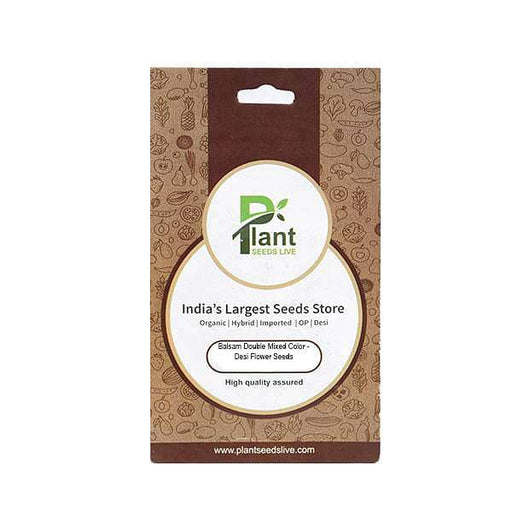
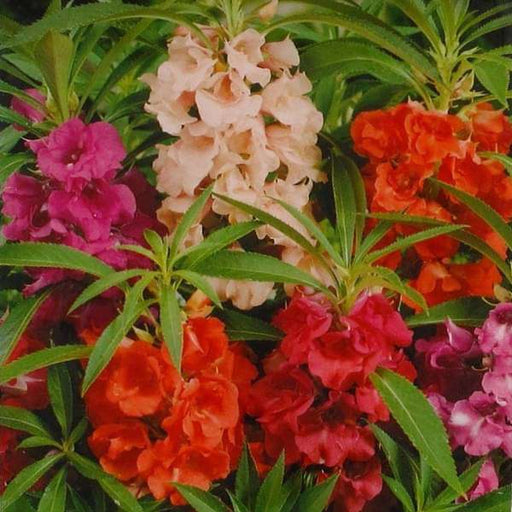 Save 25%
Save 25%
Balsam Double Mixed Color - Desi Flower Seeds Discover the vibrant beauty of Balsam Double Mixed Color - Desi Flower Seeds, a delightful a...
View full details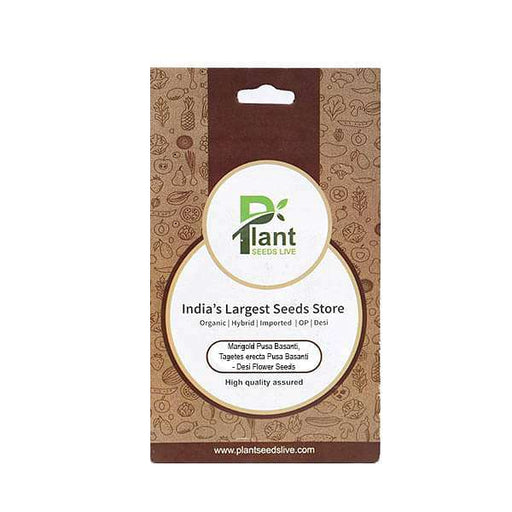
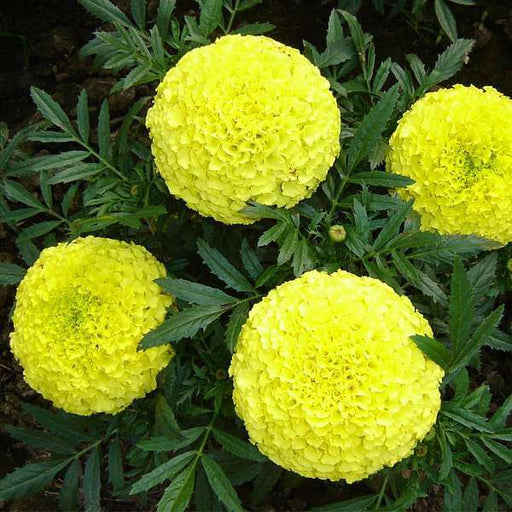 Save 25%
Save 25%
Marigold Pusa Basanti - Desi Flower Seeds Discover the vibrant beauty of Marigold Pusa Basanti, a cherished flower in Indian gardens. Know...
View full details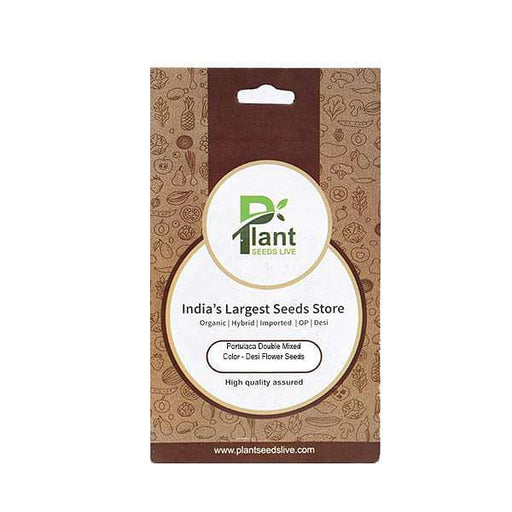
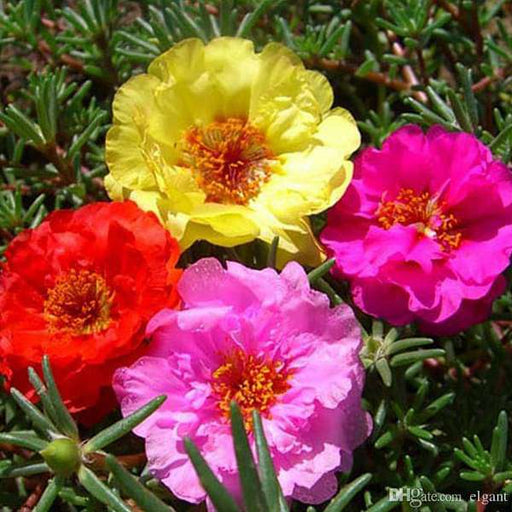 Save 25%
Save 25%
Portulaca Double Mixed Color - Desi Flower Seeds Discover the vibrant beauty of Portulaca Double Mixed Color, a stunning collection of Des...
View full details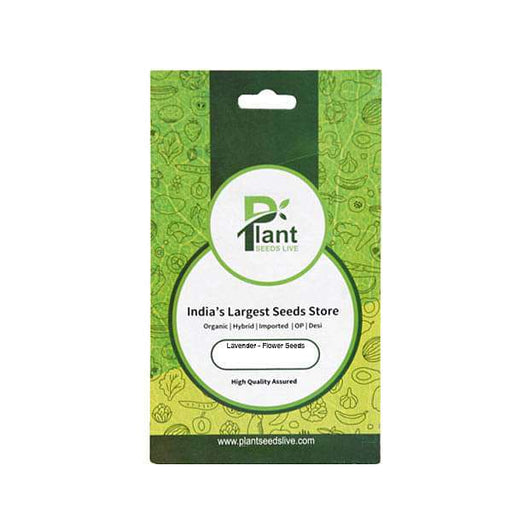
 Save 35%
Save 35%
Lavender - Flower Seeds Transform your garden into a fragrant oasis with our premium Lavender Flower Seeds. Known for their stunning purpl...
View full details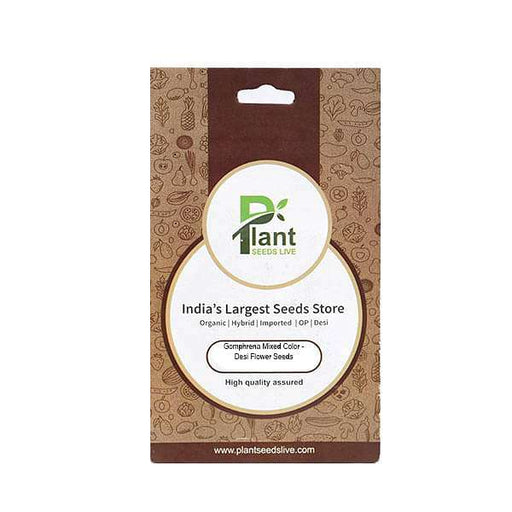
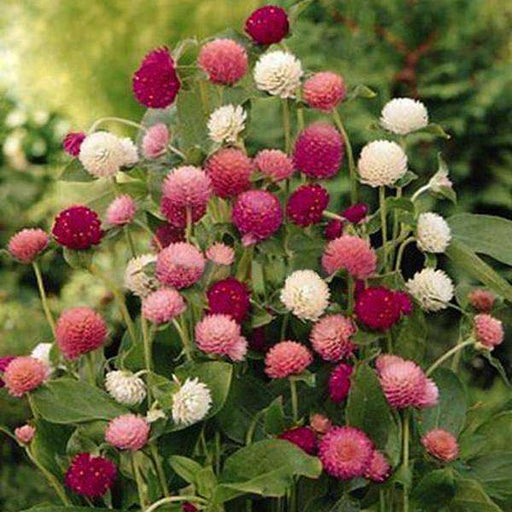 Save 25%
Save 25%
Gomphrena Mixed Color - Desi Flower Seeds Discover the vibrant beauty of Gomphrena Mixed Color - Desi Flower Seeds, a delightful addition ...
View full details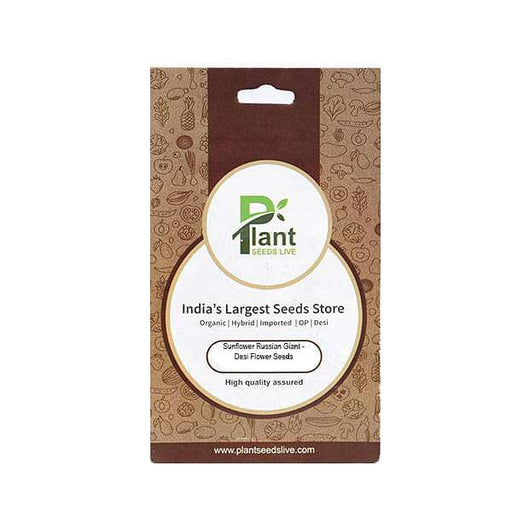
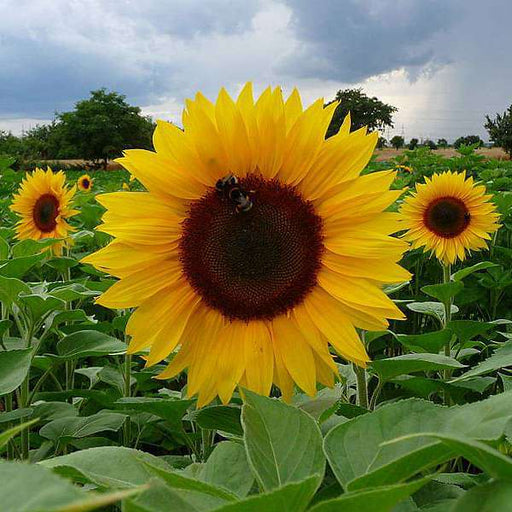 Sold out
Sold out
Sunflower Russian Giant - Desi Flower Seeds Discover the beauty and grandeur of the Sunflower Russian Giant, a stunning addition to any ga...
View full details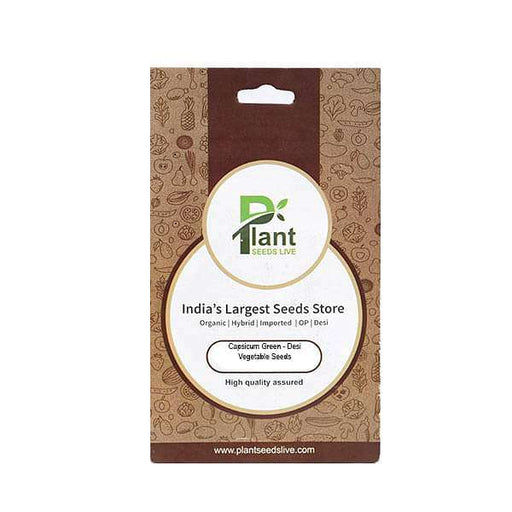
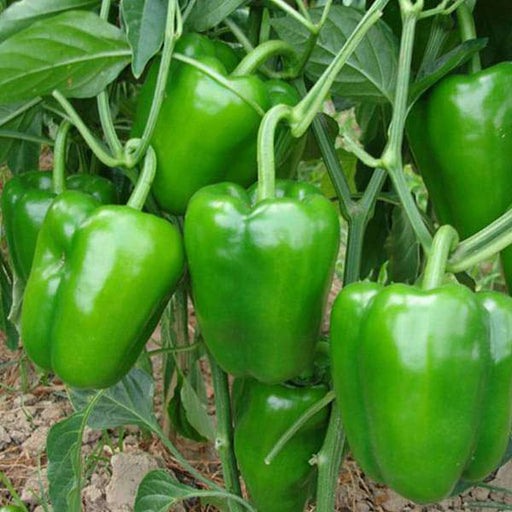 Sold out
Sold out
Capsicum Green - Desi Vegetable Seeds Capsicum Green, also known as bell pepper, is a vibrant and nutritious addition to your garden. Thes...
View full details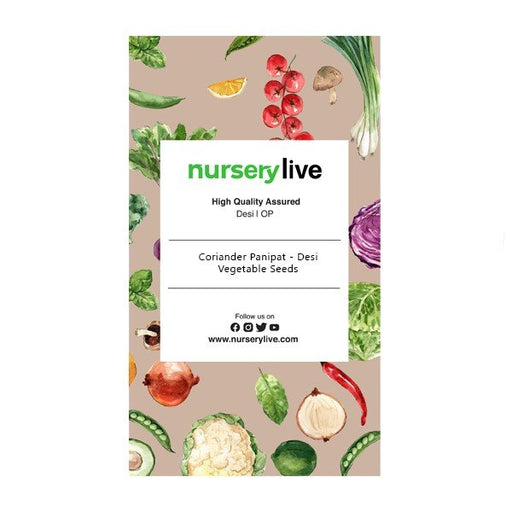
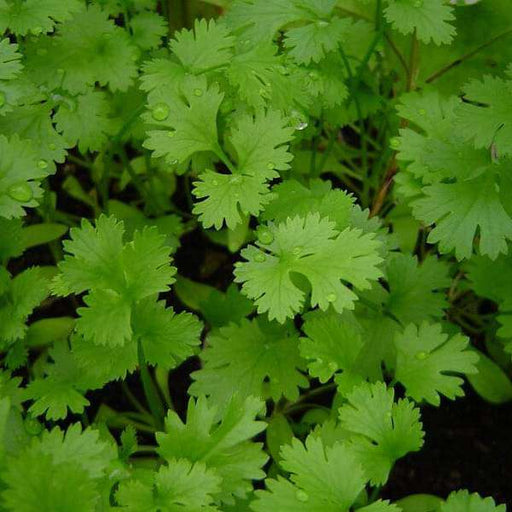 Save 25%
Save 25%
Coriander Panipat - Desi Vegetable Seeds Coriander Panipat is a premium variety of coriander seeds, cherished for its aromatic leaves and ...
View full details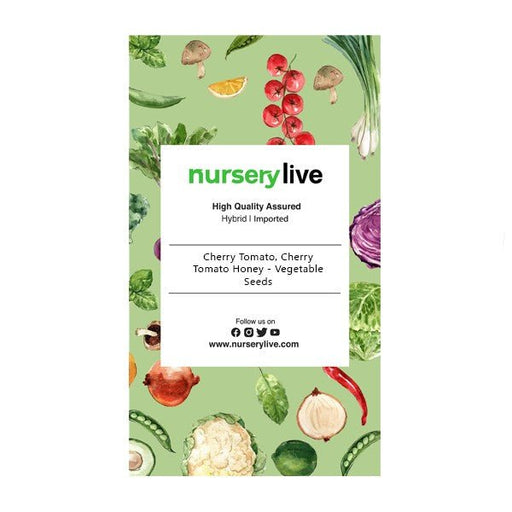
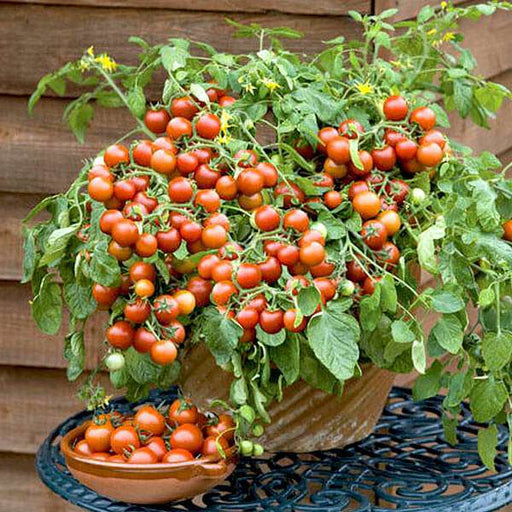 Sold out
Sold out
Cherry Tomato, Cherry Tomato Honey - Vegetable Seeds Discover the delightful world of Cherry Tomato Honey seeds, perfect for home gardener...
View full details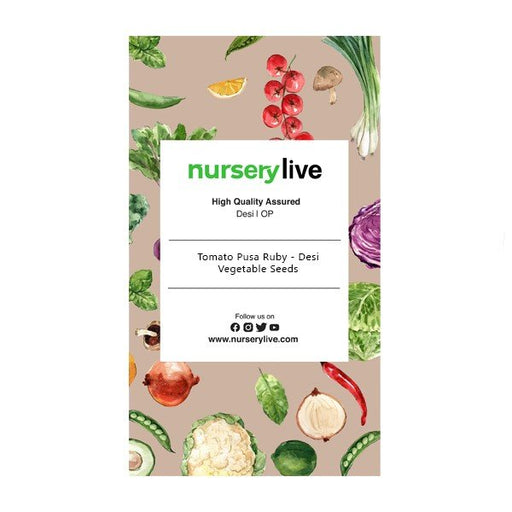
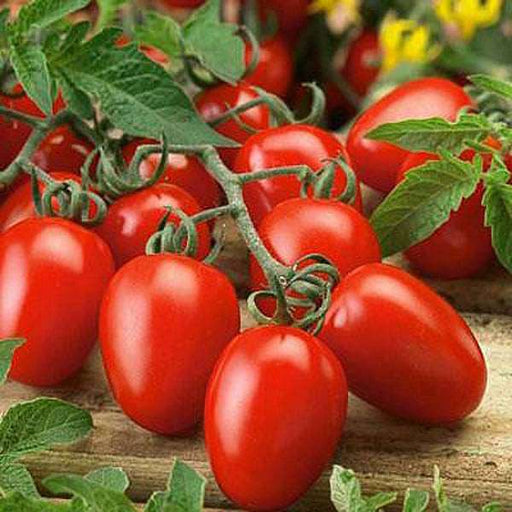 Sold out
Sold out
Tomato Pusa Ruby - Desi Vegetable Seeds The Tomato Pusa Ruby is a premium variety of tomato seeds, renowned for its vibrant red color, jui...
View full details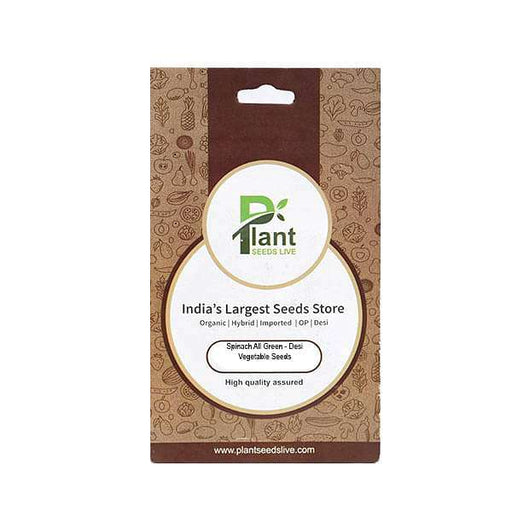
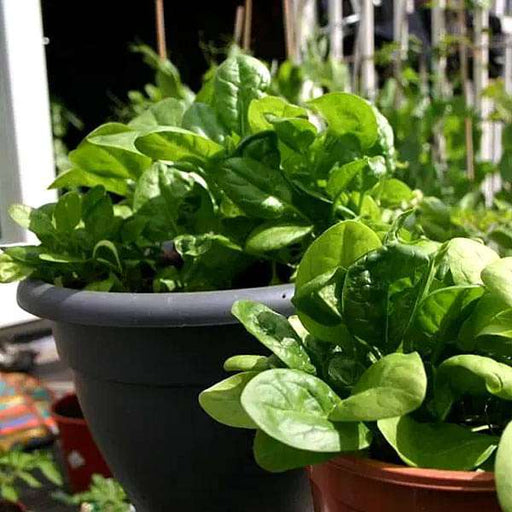 Save 25%
Save 25%
Spinach All Green - Desi Vegetable Seeds Introducing the Spinach All Green - Desi Vegetable Seeds, a premium variety of spinach that thriv...
View full details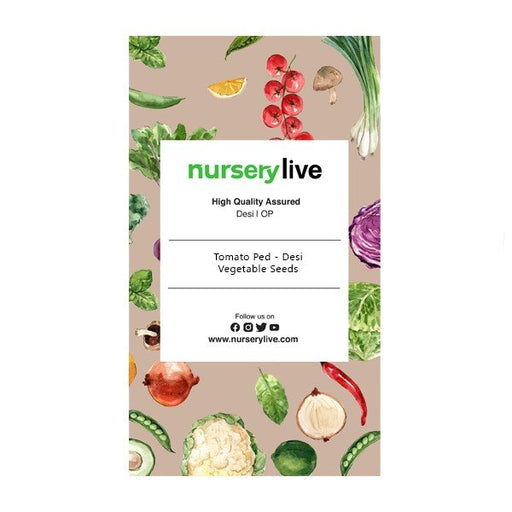
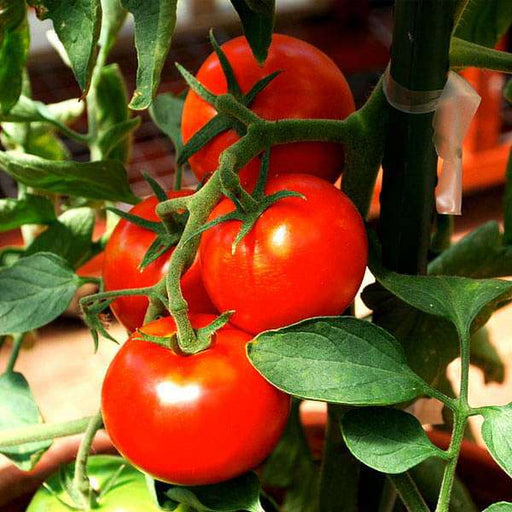 Save 25%
Save 25%
Tomato Ped - Desi Vegetable Seeds Introducing the Tomato Ped - Desi Vegetable Seeds, a premium selection of heirloom tomato seeds that pro...
View full details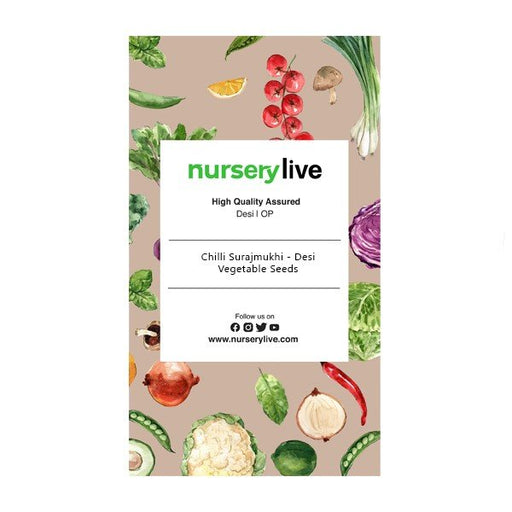
 Save 25%
Save 25%
Chilli Surajmukhi - Desi Vegetable Seeds Introducing the Chilli Surajmukhi, a unique variety of desi vegetable seeds that brings a burst o...
View full details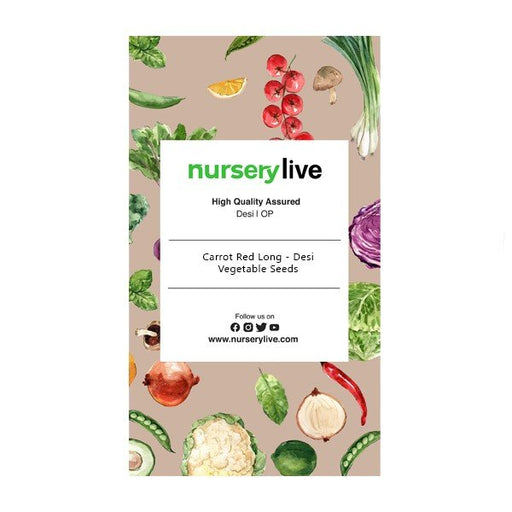
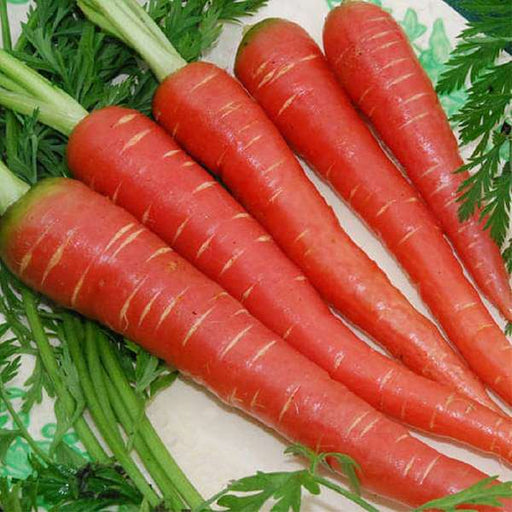 Save 25%
Save 25%
Carrot Red Long - Desi Vegetable Seeds Introducing the Carrot Red Long - Desi Vegetable Seeds, a premium variety known for its vibrant col...
View full details
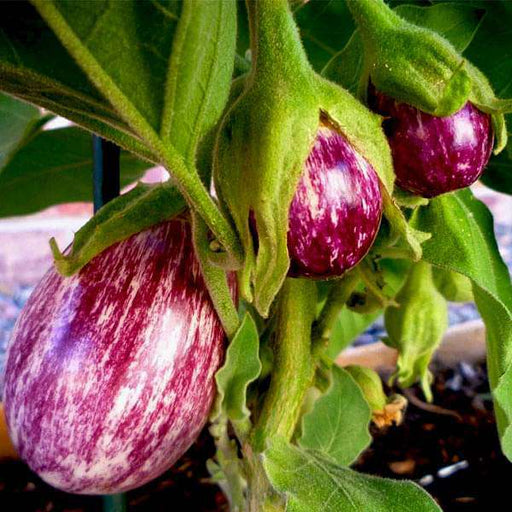 Save 25%
Save 25%
Brinjal Purple Round - Desi Vegetable Seeds Discover the rich flavors and vibrant colors of Brinjal Purple Round, a staple in Indian cuisi...
View full details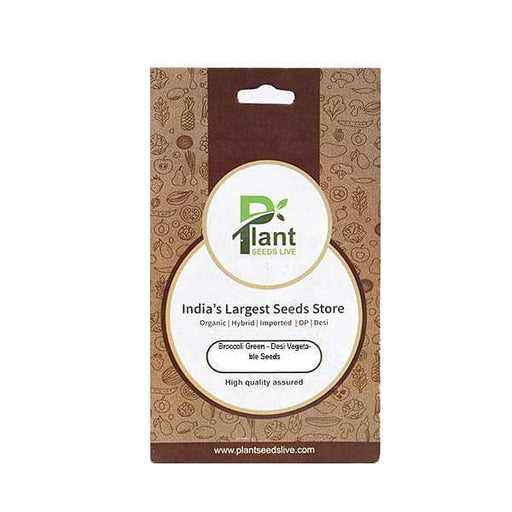
 Save 25%
Save 25%
Broccoli Green - Desi Vegetable Seeds Discover the vibrant world of Broccoli Green with our premium Desi Vegetable Seeds. Known for its ri...
View full details
 Save 35%
Save 35%
Best 6 Plants for Perfect Indoor Garden Transform your living space into a lush oasis with our curated collection of the Best 6 Plants for a...
View full details
 Save up to 50%
Save up to 50%
Mini Succulent Garden Pack Transform your space with our Mini Succulent Garden Pack, featuring a delightful collection of 4 any variety beautiful s...
View full details
 Save 30%
Save 30%
5 Best Fragrant Plants Transform your garden or indoor space into a fragrant paradise with our curated selection of the 5 Best Fragrant Plants. Th...
View full details
 Save 24%
Save 24%
Set of 2 Bonsai Looking Grafted Adeniums Transform your indoor or outdoor space with our exquisite Set of 2 Bonsai Looking Grafted Adenium...
View full details Save 45%
Save 45%
Top 4 Die Hard Succulents Pack Transform your indoor or outdoor space with our Top 4 Die Hard Succulents Pack, featuring a curated selecti...
View full details
 Save 30%
Save 30%
5 Best Indoor Plants Pack Transform your living space into a lush oasis with our '5 Best Indoor Plants Pack.' This carefully curated collection fe...
View full details
 Save 25%
Save 25%
Set of 4 Evergreen Air Purifier Plant Pack Transform your indoor space into a lush, green oasis with our Set of 4 Evergreen Air Purifier Pla...
View full details| SrNo | Item Name |
|---|---|
| 1 | Aster Formula Mixed Colors - Flower Seeds |
Transform your garden into a vibrant tapestry of colors with Aster Formula Mixed Colors Flower Seeds. These stunning annual flowers bloom in a variety of hues, including pink, purple, blue, and white, creating a breathtaking display that attracts pollinators and enhances any landscape. Known for their long-lasting blooms, Asters are perfect for borders, containers, and cut flower arrangements, making them a versatile addition to your garden.
What makes Aster Formula special is its unique blend of colors and varieties, ensuring a continuous bloom from late summer to fall. These flowers are not only visually appealing but also play a crucial role in supporting local ecosystems by attracting bees and butterflies. With their hardy nature, Asters thrive in various conditions, making them an ideal choice for both novice and experienced gardeners.
Special features of Aster Formula Mixed Colors include their ability to adapt to different soil types and their resistance to common pests. These flowers are also known for their cut flower longevity, making them a favorite among florists and home decorators alike.
These little packets of joy are like a treasure chest for your garden. Aster flower seeds are the key to unlocking a vibrant display of colors that will make your neighbors green with envy. With a variety of hues, from soft pastels to bold brights, these seeds are perfect for anyone looking to add a splash of personality to their outdoor space. Just plant, water, and watch as your garden transforms into a floral masterpiece that even Monet would admire.
Why settle for one color when you can have a rainbow? Mixed color asters are the ultimate party guests of the flower world. They bring together a delightful medley of shades that dance in the sunlight, creating a visual feast for the eyes. These flowers are not just pretty faces; they attract pollinators and add biodiversity to your garden. So, if you want to throw a colorful bash in your backyard, mixed color asters are the life of the party.
If you’re looking to turn your garden into a botanical wonderland, flower seeds are your best friends. They’re like little promises of beauty waiting to bloom. With a plethora of options available, you can mix and match to create your own floral symphony. Planting flower seeds is not just gardening; it’s an art form. So grab your trowel and get ready to unleash your inner Van Gogh!
Caring for your aster plants is like nurturing a diva; they need just the right amount of attention. These beauties thrive in well-drained soil and love a good dose of sunlight. Regular watering is essential, but don’t drown them—aster plants prefer to sip, not gulp. With a little TLC, your asters will reward you with a stunning display that will have everyone asking for your gardening secrets.
Perennial asters are the gift that keeps on giving. Unlike those one-hit-wonder annuals, these flowers return year after year, making them the reliable friends of the garden. They bloom in late summer to fall, providing a burst of color when many other plants are calling it quits. Plant them once, and you’ll enjoy their beauty for seasons to come, making them a smart investment for any garden enthusiast.
Aster flower varieties are like a box of chocolates—you never know which delightful surprise you’re going to get! From the classic New England aster to the charming China aster, each variety brings its own unique flair to the garden. With different heights, colors, and bloom times, you can create a stunning tapestry of flowers that will keep your garden looking fresh and fabulous all season long.
If you want to be the ultimate host for nature’s buzzing guests, aster seeds are your ticket to a pollinator paradise. These flowers are like a five-star restaurant for bees and butterflies, offering them a feast of nectar. By planting asters, you’re not just beautifying your garden; you’re also supporting the ecosystem. So, roll out the red carpet for your pollinator pals and watch your garden come alive with activity.
Asters are not just pretty faces; they come with a host of benefits that make them garden superstars. These flowers are known for their resilience, thriving in various conditions and attracting beneficial insects. Plus, they make excellent cut flowers, bringing a touch of nature indoors. With their long-lasting blooms and low maintenance needs, asters are the perfect choice for both novice and seasoned gardeners alike.
plant, water, and wait for the magic to happen. With a little patience and care, you’ll be rewarded with a garden bursting with color and life. So, roll up your sleeves and get ready to dig in!
Aster flower arrangements are the ultimate way to bring a touch of nature indoors. These blooms are like the life of the party, adding color and charm to any space. Whether you’re creating a stunning centerpiece for a dinner party or a simple bouquet for your kitchen table, asters are versatile and easy to work with. Their vibrant colors and unique shapes make them a favorite among florists and DIY enthusiasts alike.
Aster flower colors are the paint palette of the garden world. From deep purples to soft pinks, these flowers offer a spectrum of shades that can brighten any landscape. The variety of colors allows you to express your personality and style through your garden. Whether you prefer a monochromatic scheme or a riot of colors, asters can help you achieve your floral vision with flair and pizzazz.
Aster Formula Mixed Colors flower seeds are a delightful blend of vibrant aster flowers that bloom in various hues. These seeds are perfect for adding a splash of color to your garden, attracting pollinators, and impressing your neighbors with your floral finesse. Who knew gardening could be this fun
Planting these seeds is as easy as pie! Choose a sunny spot, prepare the soil, and sprinkle the seeds about 1/4 inch deep. Water gently and watch as your garden transforms into a colorful wonderland. Just remember, patience is a virtue—flowers don’t bloom overnight!
Timing is everything! Plant your Aster seeds in early spring or fall when the soil is warm and inviting. This way, your flowers will have the best chance to thrive and dazzle. Just think of it as scheduling a fabulous garden party!
Patience, dear gardener! Aster Formula Mixed Colors typically take about 75 to 90 days to bloom after planting. So, while you wait, why not practice your best “oohs” and “aahs” for when those flowers finally show off their colors
Not really! These beauties are low-maintenance, but they do appreciate well-drained soil and regular watering. Just think of them as the easy-going friends of the flower world—happy with a little love and attention, but not too needy!
Absolutely! Aster Formula Mixed Colors are container-friendly and love to show off their colors on patios or balconies. Just ensure your container has good drainage, and you’ll have a portable garden that’s the envy of all your friends. Who needs a backyard, anyway
Aster Formula Mixed Colors are typically grown as annuals, meaning they’ll bloom beautifully for one season and then bid you adieu. But don’t fret! You can always replant them next year for another round of colorful fun. It’s like a floral reboot!
Expect a delightful surprise! Aster Formula Mixed Colors can bloom in shades of pink, purple, blue, and white, creating a stunning tapestry of hues. It’s like a painter’s palette exploded in your garden—who wouldn’t want that kind of artistic flair
After blooming, deadhead the flowers to encourage more blooms and keep your garden looking tidy. Once the season ends, you can either let them go gracefully or collect seeds for next year’s garden extravaganza. It’s all about keeping the party going!
While no flower is entirely deer-proof, Aster Formula Mixed Colors are known to be less appealing to our four-legged friends. So, while they might nibble on your neighbor’s roses, your asters will likely remain untouched. It’s like having a secret garden club that deer aren’t invited to!
Yes, you can! Saving seeds from your Aster Formula Mixed Colors is a great way to ensure a colorful garden year after year. Just let a few flowers go to seed, collect them, and store them in a cool, dry place. It’s like having a garden time capsule!